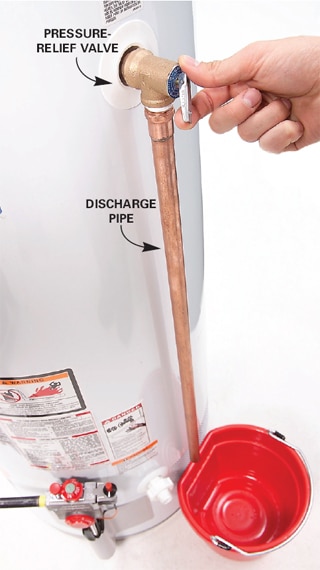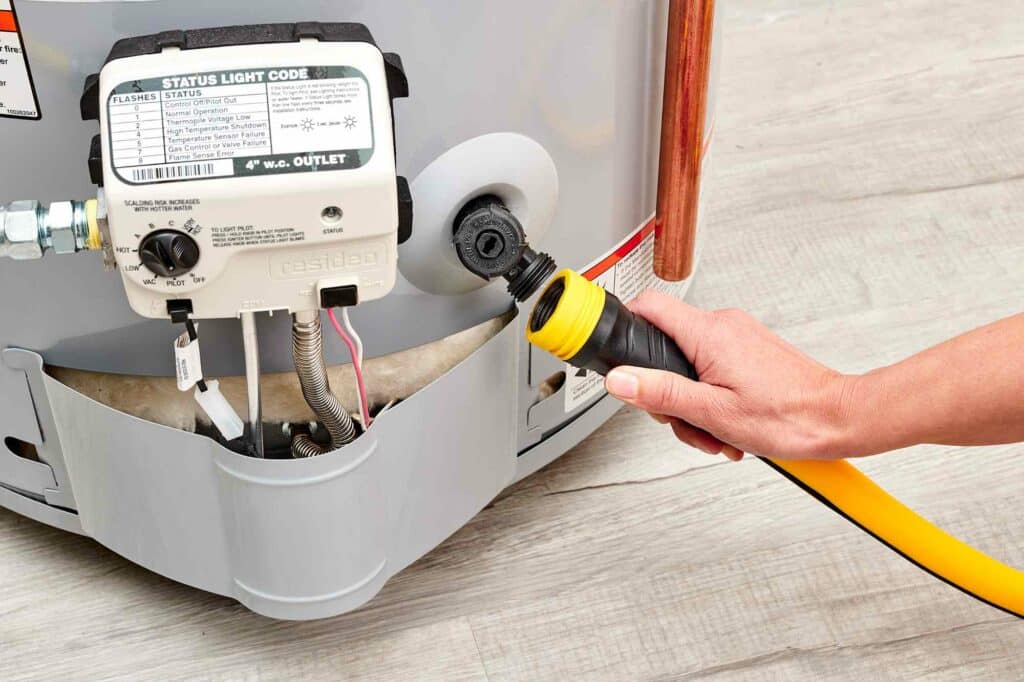A home’s water heater plays a crucial role in providing hot water for various household activities, but it can also pose potential risks if not properly cared for. In this blog, we will explore the key aspects of water heater safety and maintenance, empowering you to protect your home and ensure the well-being of your family.
A water heater is a complex appliance that operates under high temperatures and pressure, making safety a top priority. Neglecting water heater safety measures can lead to hazardous situations, including scalding, leaks, or even explosions. Taking proactive steps to maintain and safeguard your water heater will give you peace of mind and minimize potential risks.
1 – Regular Inspections
Regular inspections are vital to identify any signs of wear, damage, or potential issues with your water heater. Inspect the unit visually for any leaks, corrosion, or loose connections. If you notice any unusual odors, noises, or inconsistent water temperatures, it’s crucial to investigate further or seek professional assistance. Also, avoid any accumulation of materials on top of a water heater. Particularly with gas-fueled appliances, the excessive heat at the exhaust vent can create a fire hazard.
2 – Check the TPR Valve
The temperature and pressure relief valve (TPR valve) is a critical water heater component. It is designed to release excess pressure or temperature buildup to prevent a catastrophic failure. A properly configured TPR valve should:
- Discharge to the floor.
- Terminate no more than 6 inches above the floor, or flood level rim of the waste receptor, and not less than 2 times the discharge pipe diameter.
- Not have valves, traps, or tee fittings.
- Discharge to a termination point that is readily observable.
- Not be connected to the drainage system.
You should check the TPR valve annually to ensure it is functioning properly and not leaking. To test the TPR valve, follow these steps:
- Ensure there is no hot water demand in the house.
- Place a bucket beneath the discharge pipe connected to the T&P valve.
- Carefully lift the valve’s lever to momentarily allow water to flow into the bucket.
If the valve doesn’t release water, or it continues to leak after release, it may be faulty and require professional attention.

3 – Flush the Tank
Over time, sediment and mineral deposits can accumulate at the bottom of your water heater tank, affecting its efficiency and potentially causing damage. Flushing the tank annually can help remove these deposits and improve the heater’s performance. Here’s a simple guide to flushing your water heater:
- Turn off the heater and close the cold-water supply valve.
- Allow the water to cool.
- Connect a garden hose to the drain valve at the base of the tank and position the other end in a suitable drainage area.
- Open the drain valve and allow the tank to drain completely.
- Turn the cold-water supply on again and allow it to run until the water coming out of the hose is completely clear.
- Turn off the cold-water supply.
- Close the drain valve and carefully turn on the cold-water supply valve.
- After the tank is filled, turn on the heater and check for any leaks or irregularities.

4 – Professional Maintenance
While regular inspections and maintenance can be performed by homeowners, it’s highly recommended to have a professional service your water heater if you’re uncomfortable performing it yourself, or if you identify questionable or defective issues. A qualified technician will conduct a comprehensive inspection, clean the burner assembly (if applicable), and ensure all components are functioning correctly. Professional maintenance extends the lifespan of your water heater and guarantees optimal performance and safety.
As with all aspects of home maintenance, water heater safety and maintenance should never be overlooked. By implementing these proactive measures and staying vigilant, you can protect your home, preserve the longevity of your water heater, and ensure the well-being of your family. Remember, when it comes to water heaters, safety is paramount.


